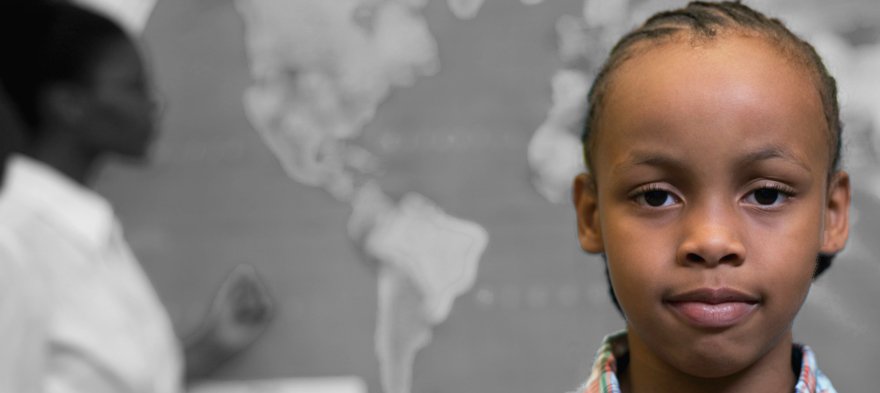
Jan 27, 2020 12:00:00 AM
As a tribute to National School Choice Week, one of the most empowering weeks of the year for parents, today, the National Alliance for Public Charter Schools released its 11th annual ranking of state charter school laws, "Measuring Up to the Model: A Ranking of State Public Charter School Laws, Eleventh Edition." This year’s report is released at a time when we are seeing unprecedented pushback against charter schools in statehouses and on the campaign trail across the country.
Some key takeaways from this year’s rankings include:
From our perspective, the point of our annual state charter school laws rankings report is to figure out which states are creating the conditions for high-quality charter schools by providing, among other things, flexibility, funding equity, non-district authorizers, facilities support and accountability.
Similar legislation plays out differently from state to state because of a whole host of local political and policy factors. Every child deserves access to a great public school, regardless of their socio-economic status. [pullquote]Advocating for policies and laws that allow for the creation and support of excellent charter schools allows us to give more families access to a public school option that might just be their ticket out of the poverty cycle.[/pullquote]
Todd Ziebarth is the senior vice president of state advocacy and support at the National Alliance for Public Charter Schools. He is author of the new report, "Measuring Up to the Model: A Ranking of State Public Charter School Laws, Eleventh Edition."
Few issues in education spark more tension and debate than standardized testing. Are they a tool for equity or a burden on students? A necessary check on school systems or a flawed measure of...
Charter schools are public schools with a purpose. Operating independently from traditional school districts, they're tuition-free, open to all students, and publicly funded—but with more flexibility...
Despite the benefits of a diverse teaching force, prospective teachers of color fall out of our leaky preparation pipeline at every stage: preparation, hiring, induction, and retention. Here’s what...
Ed Post is the flagship website platform of brightbeam, a 501(c3) network of education activists and influencers demanding a better education and a brighter future for every child.
© 2020-2025 brightbeam. All rights reserved.
Leave a Comment